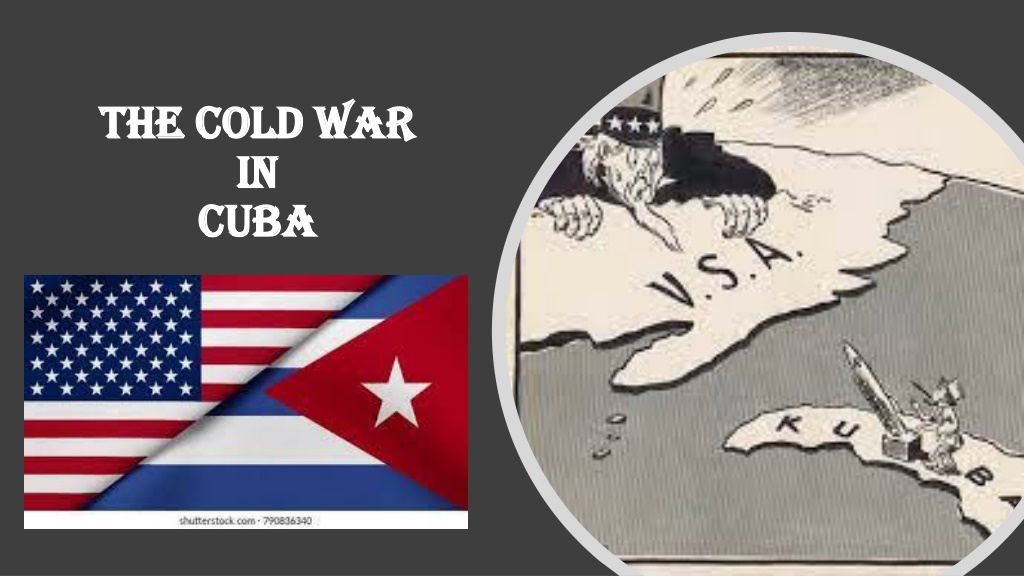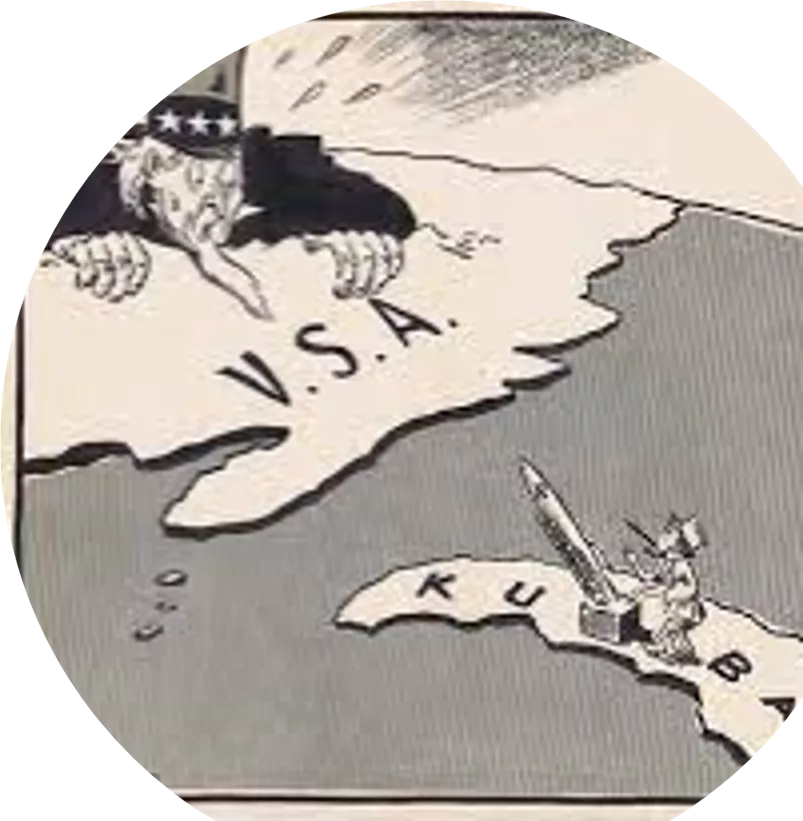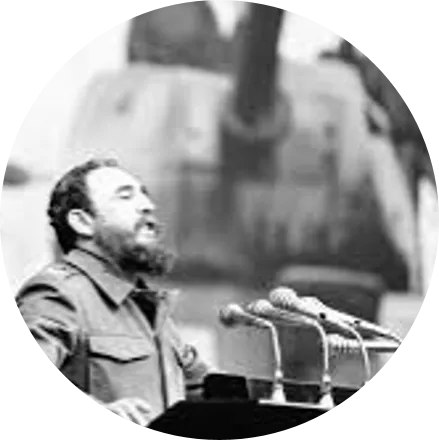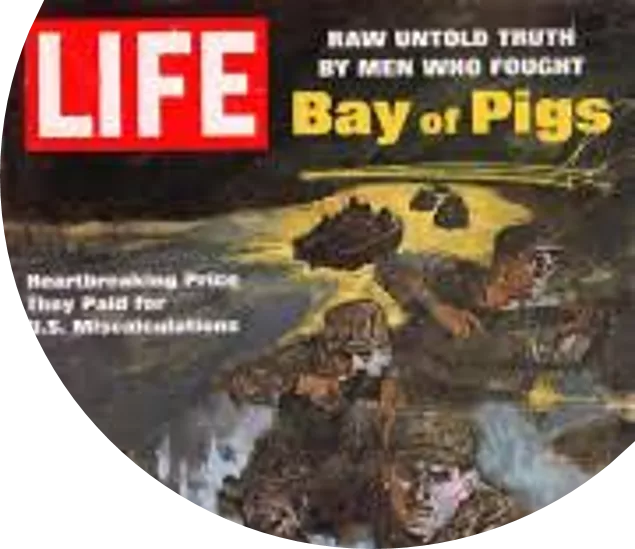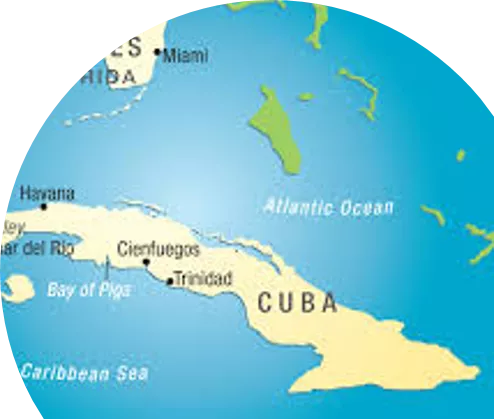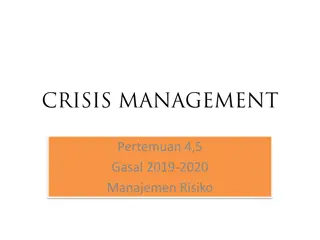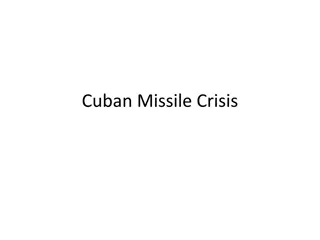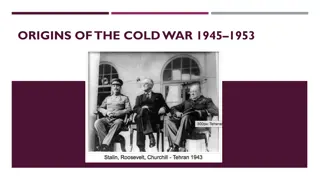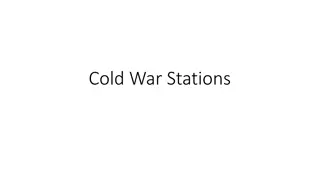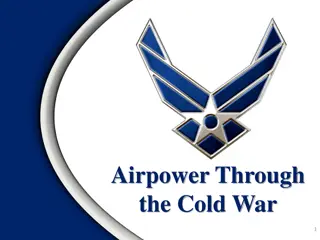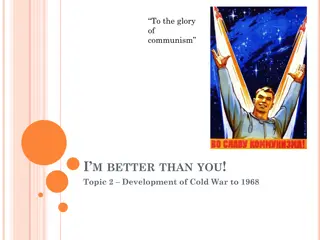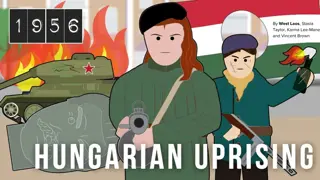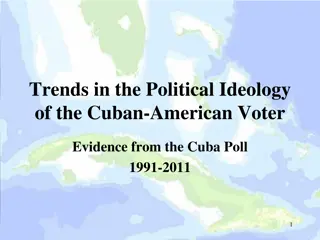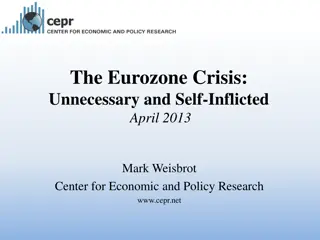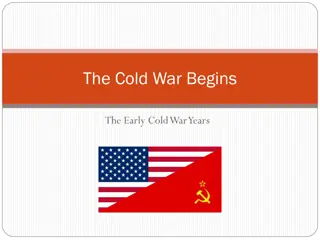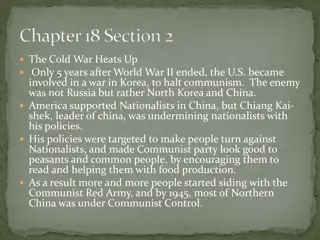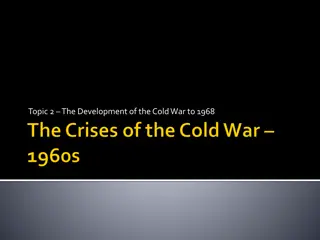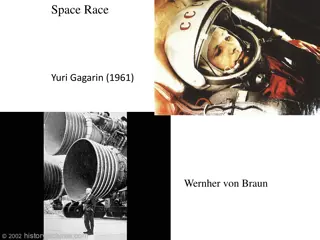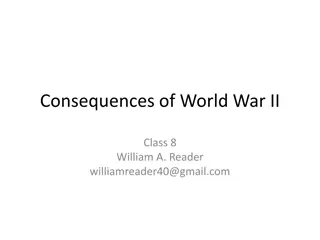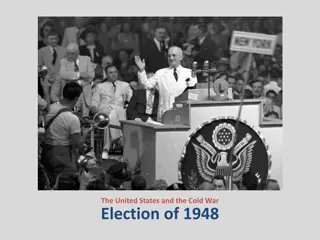The Cold War and Cuban Missile Crisis
The Bay of Pigs Invasion, tension between the US and Cuba during the Cold War, Cuban Missile Crisis, naval blockade of Cuba, and the diplomatic agreement reached between Kennedy and Khrushchev to avert war. Learn about the historical events that shaped US-Cuba relations during this intense period.
Download Presentation

Please find below an Image/Link to download the presentation.
The content on the website is provided AS IS for your information and personal use only. It may not be sold, licensed, or shared on other websites without obtaining consent from the author.If you encounter any issues during the download, it is possible that the publisher has removed the file from their server.
You are allowed to download the files provided on this website for personal or commercial use, subject to the condition that they are used lawfully. All files are the property of their respective owners.
The content on the website is provided AS IS for your information and personal use only. It may not be sold, licensed, or shared on other websites without obtaining consent from the author.
E N D
Presentation Transcript
The Cold War The Cold War In In Cuba Cuba
Bay of Pigs Invasion The Bay of Pigs Invasion - April 17-19, 1961 an unsuccessful attempt by US- backed Cuban exiles to overthrow the government of the Cuban dictator Fidel Castro Increasing friction between the US and Castro's communist regime led President Eisenhower to break off diplomatic relations with Cuba in January 1961. The invasion plan was approved by Eisenhower's successor, John F. Kennedy. The plan failed and left Kennedy & the CIA humiliated
Tension Continues The Soviet premier, Nikita Khrushchev, capitalized on the failed invasion, allied with Castro, and secured from Castro the right to place nuclear missiles in Cuba.
Cuban Missile Crisis The US heard rumors that the Russians were placing missiles in Cuba. Kennedy sent U2 spy planes to investigate. The took photos which proved that the rumors were true. Khrushchev & Castro said threat the missiles were there as protection in case the US invaded again. However, from where they were located, these missiles could fire at almost any major US city.
Cuban Missile Crisis Kennedy ordered a naval blockade of Cuba: meaning that all ships heading toward Cuba would be stopped & searched. This was a risk as there was no guarantee that the Russians would obey. On Oct 28thSoviet Ships were only 30 minutes away from the blockade line. Just when conflict seemed inevitable, Khrushchev ordered the ships to turn back thus avoiding certain war. This was a major victory for Kennedy.
The Agreement After exchange of messages, Kennedy & Khrushchev reached a confidential agreement: US will remove IRBMs from Turkey, Italy USSR will remove missiles from Cuba US pledged not to invade Cuba USSR agreed not to publicly reveal removal of IRBMs
